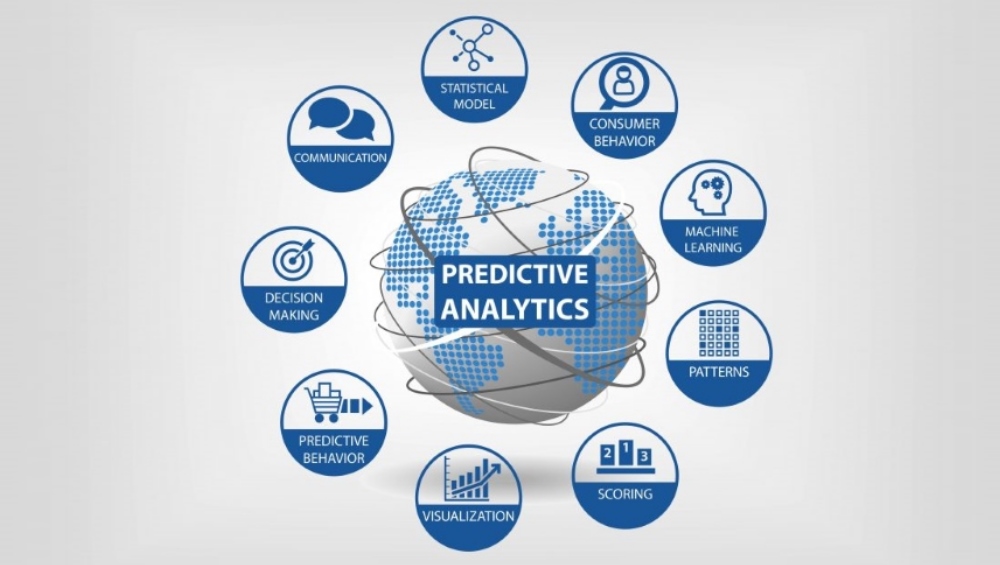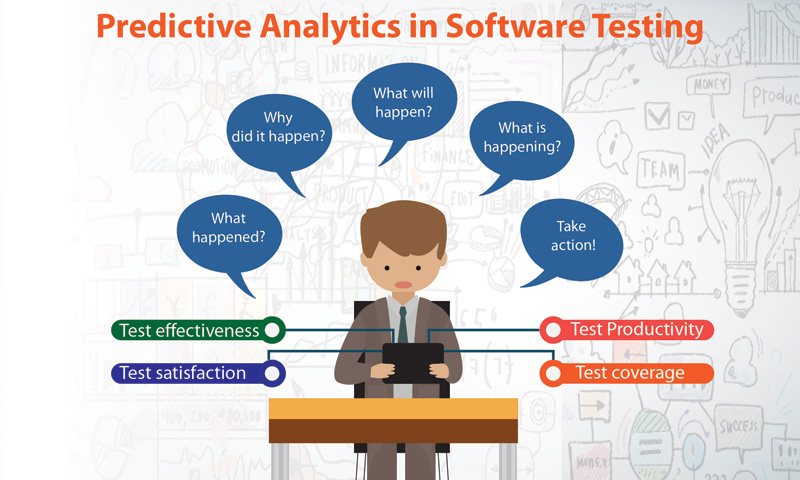Whether organizations realize this fact or not, testing the software before release has one of the most crucial impacts on an organization’s reputation, products, and revenue. While those enterprises that pay attention to the testing pipeline of their software at an early stage can make the most out of their business, it is those who consider it as an option activity suffer.
Testing can make all the difference between a successful product and a failed one. It is what helps organizations carve a niche for themselves in the market and have a reputation like that of a well-established market titan. But more importantly, software testing company ensures that your product is well-polished and ready to endure the challenges of the market. It gives it a check against all vulnerabilities, defects, bugs and security issues that may arise at any given point of time when the product is deployed or handed over to the customers.
As crucial as software testing is for organizations out there, it is equally challenging for quality analysts to perform testing on a wide array of applications that range through a plethora of devices. They have to figure our cases that need to be tested, and then write test scripts, receive feedback and work upon the subsequent changes. Even then, the testers are left with a lot of manual work and plenty of nuances related to the work are left out.
That’s why quality analysts, researchers, and organizations are stepping up their software development lifecycle by incorporating emerging technologies within them. One such technology is predictive analysis, which is helping QA teams and leaders take a peek into the future of testing and predict what bugs many arise based on their existing code and supporting data. Let’s take a look at the A to Z of predictive analysis for software testing.
Challenges in Existing Software Testing Scenario

The existing software testing landscape is filled with plenty of challenges that make the lives of quality analysts and testers difficult. In spite of automation hitting the right spot of industries, many organizations and enterprises still rely on manual testing methods for a plenty of their jobs. This not only results in the burnout of employees but also limits their thinking and potential to tasks that could otherwise be more analytical and result in insightful results.
Not only is this but there a lot of other in house challenges that keep quality analysts awake and stressed. Some of these include-
- Looking for the right testers and assigning them to the testing jobs
- Allocating a fixed time and budget for the project
- Meeting productivity goals
- Estimating future challenges and taking measures on top of them
What Is Predictive Analysis?

Predictive analysis is an emerging field of machine learning that helps organizations see and analyze the current and historical data only to predict the challenges for the future. It arises from the fact that every test case generated data that is saved in log files of the system. Predictive analysis studies these files and tries to find a statistical pattern inherent. This way it traces and develops a pattern for the future.
For organizations, this would mean understanding the customer data, making their testing more customer-centric and ultimately making more informed decisions. As rapidly as you can expect the predictive analysis to give the results, there is equally an intensive process going in the background.
Algorithms Used For Predictive Analysis in Software Testing

Let’s take a look at the rigorous algorithms of predictive analysis that make software testing a hassle-free affair.
Regression or Classification
For those familiar with machine learning understand that the primary difference between the classification and regression models is output variables. Both of these models are supervised machine learning algorithms and while regression results in a continuous output variable, classification gives in a categorical output variable. This type of model classifies the data into different categories based upon the learning on historical data. They can provide binary information or aid in making data-backed decisions.
Time Series Analysis
The time series model of predictive analysis works upon a series of data points that are captured or available. The most impressive part of this is that it uses the time as an input parameter. For analysis, this would mean utilizing the historical or past years’ data to develop a numerical metric that helps in predicting the next three to six weeks of data. Organizations can easily understand how a particular metric or parameter can change or behave during a period using this method.
Machine Learning and Deep Learning
Machine learning and deep learning involve tools that are more sophisticated for structured kind of data and can accommodate both linear and nonlinear varieties. While machine learning can only help in handling specific types of data, deep learning can be used to perform predictions upon speech, video, images and other kinds of data.
Conclusion
Predictive analysis is the breakthrough for industries in the realm of software testing. While it can power in house teams, it can also lead to better and more efficient products. Ultimately, it can help businesses allocate their resources to their testing pipeline in a much efficient manner.
